Have you ever noticed that when -ED is added to the end of a word, it can sound like /ed/, /d/ or even /t/? When we teach -ED, it’s important that we introduce students to all three sounds (and explain the difference!) so they always know how to read and spell them.
Learn how to teach -ED below and then request an invite to my four work training called The Reading Roadmap so you can dive deeper into even MORE game changing teaching strategies and tools!

Brainstorming -ED Words
Whenever I introduce a new phonics rule, I always like to start by brainstorming as many words as we can think of that include it.
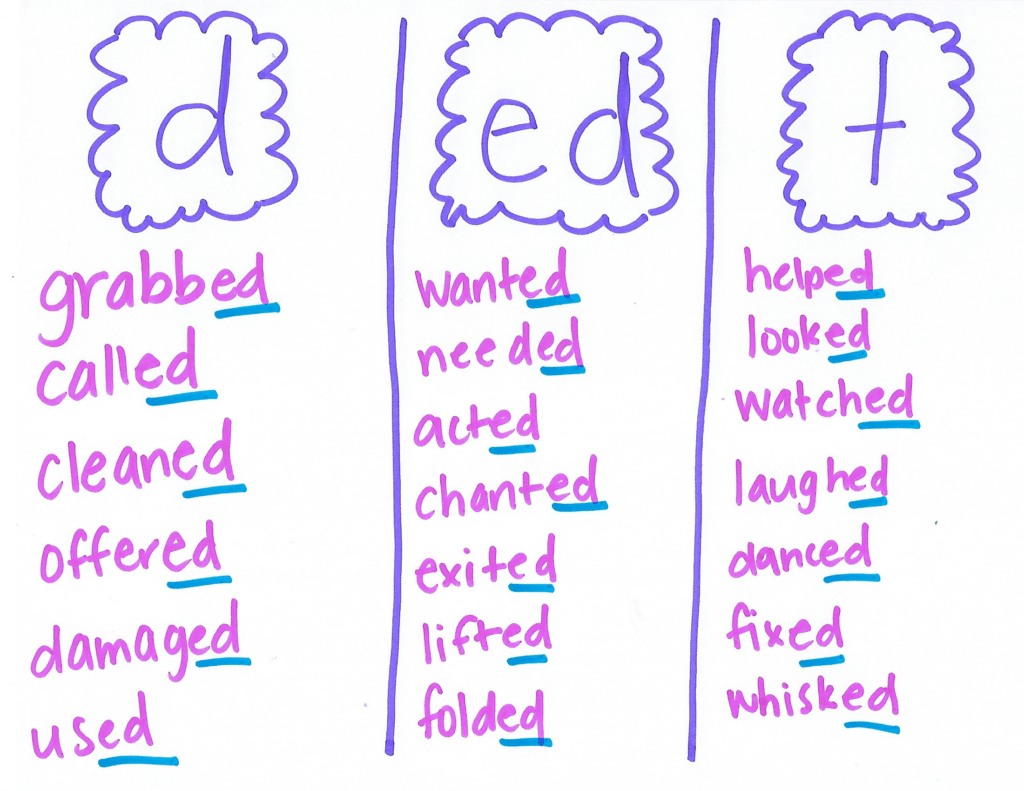
In this case, as we’re brainstorming, it’s helpful to organize the -ED words into three different groups (-D, -ED and -T) because those are the sounds -ED can make when it’s added to the end.
Once we’ve come up with a nice, long list, it’s time to teach students when -ED makes each sound so that they can predict it.
Voice vs. Voiceless Sounds
Before we go any further, let’s take a quick pause so we can chat about the difference between voiced and voiceless sounds.
Voiced sounds are made with our vocal cords so we can feel the vibration when we touch our throat and say them. Consonant sounds like D, N, R and G are all voiced.
Voiceless sounds, on the other hand, are not made with vocal cards so we won’t feel a vibration in our throat when we say them. P, K, SH and X are all voiceless.
This differentiation is important because it’s going to help us pinpoint the sound -ED will make when we add it to the end of words…
How to Teach -ED
If the last consonant in a word is voiced, -ED will sound like /d/ when we add it to the end.
For instance, since /L/ is voiced and it is the last consonant at the end of the word “call”, we know that the -ED in “called” is going to sound like /d/.
If the last consonant in a word is voiceless, on the other hand, -ED will sound like /t/ when we add it to the end. “Wash”, for example, ends in /sh/. Since that sound is voiceless, we know that -ED in the word “washed” is going to sound like /t/.
And then that /id/ sound is made when the word ends in either T or D.
That’s it! That’s the rundown.
To help you keep everything straight, here’s a helpful infographic for you to pin or bookmark:
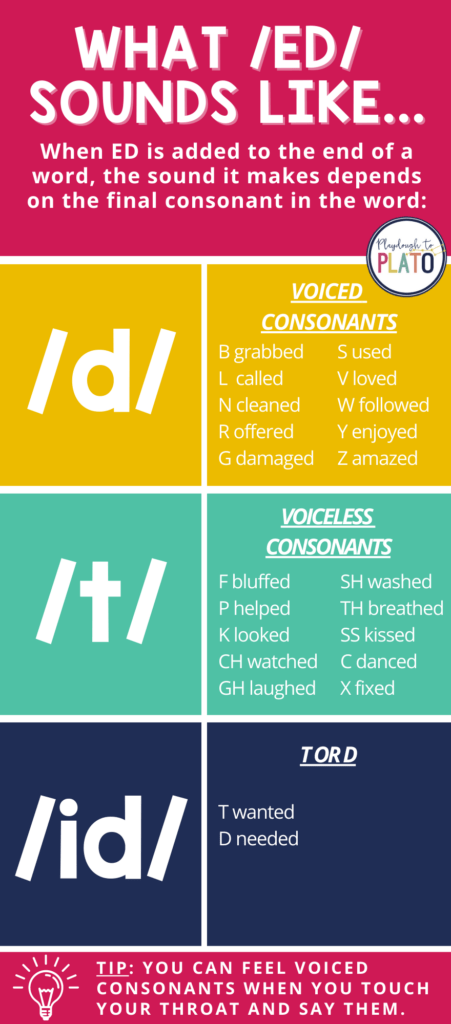
Take Your Teaching to the Next Level
This is just the tip of the iceberg to the teaching training, tools and support waiting for you in my four week teacher training, The Reading Roadmap!
If you want a step-by-step action plan for teaching reading, be sure to join. The Reading Roadmap is the spot where I share ALL of my lessons learned.
Inside the course, you’ll receive my time saving reading assessments, hundreds of print-and-play and digital centers, step-by-step lesson plans and so much more.
I’m so proud to give you access to the easy-to-use system that I know without a doubt will help you become a rockstar reading teacher.
Enrollment only opens up twice a year so be sure to join the waitlist so you’re the first to know when the next round kicks off!


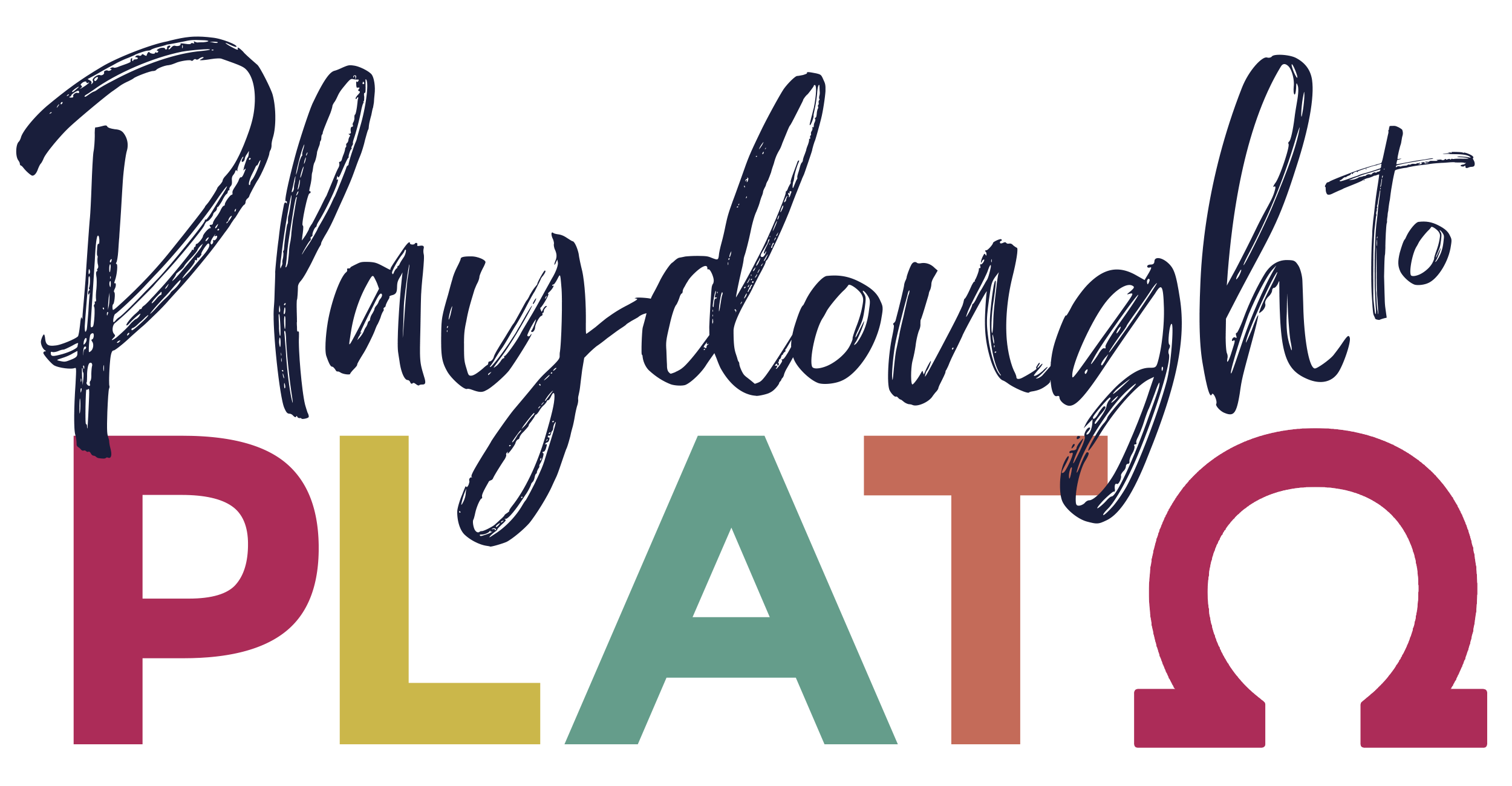
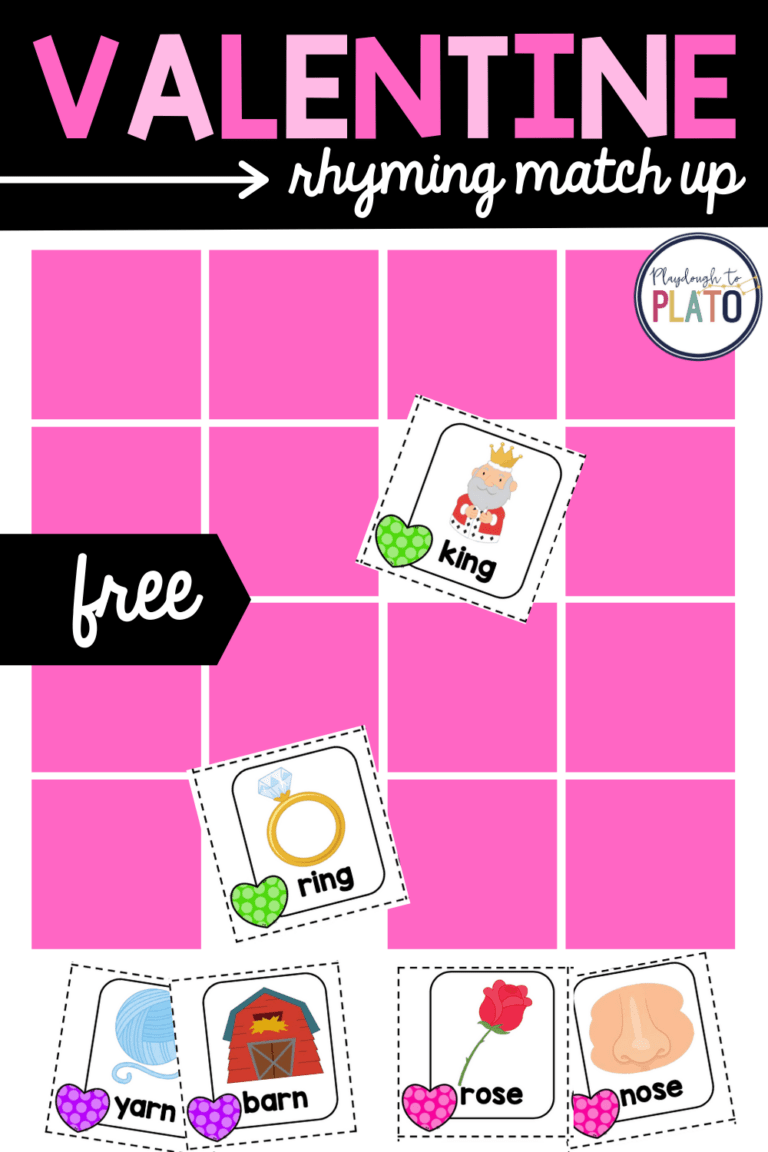
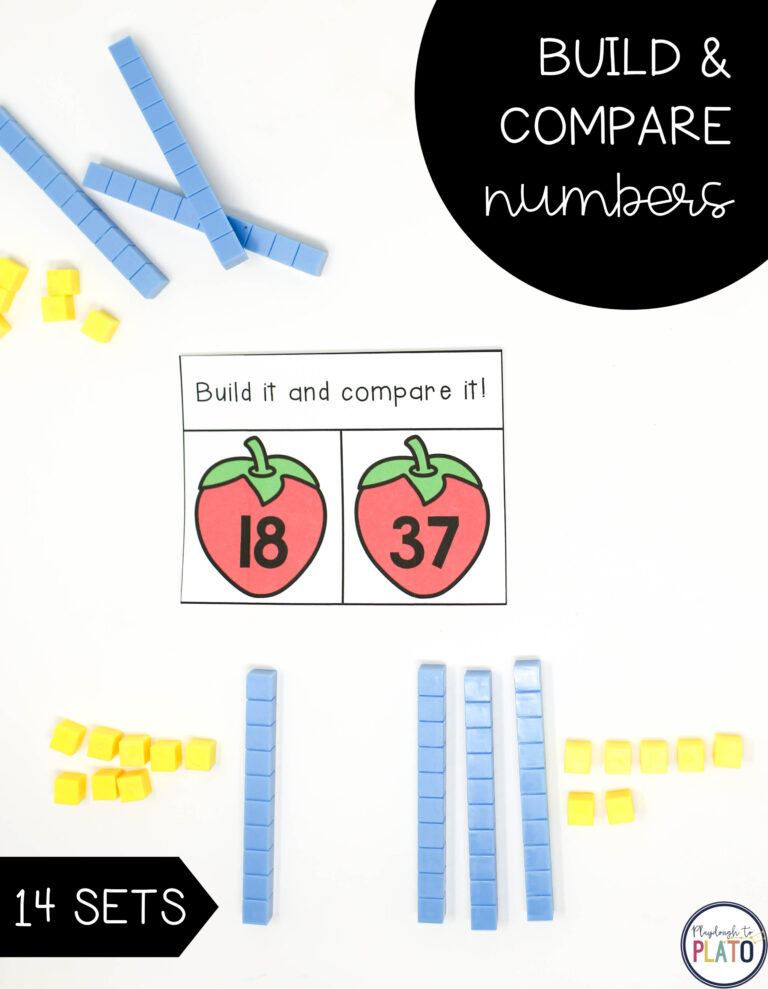
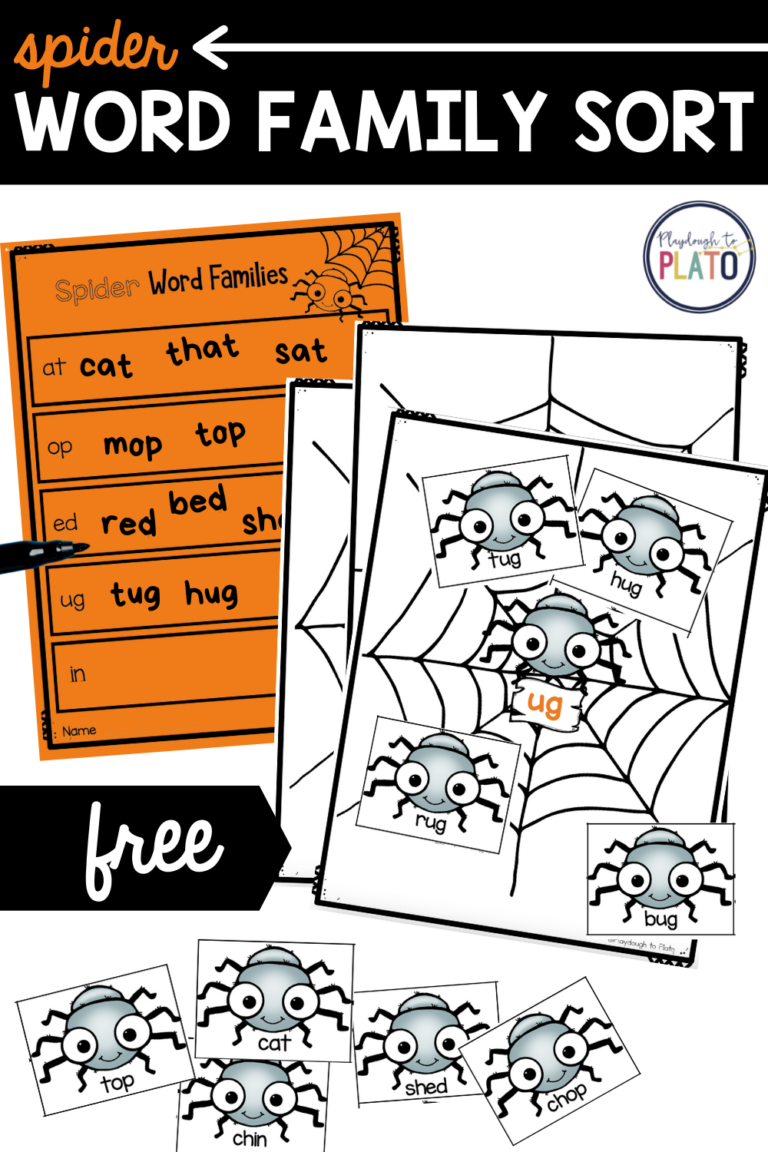
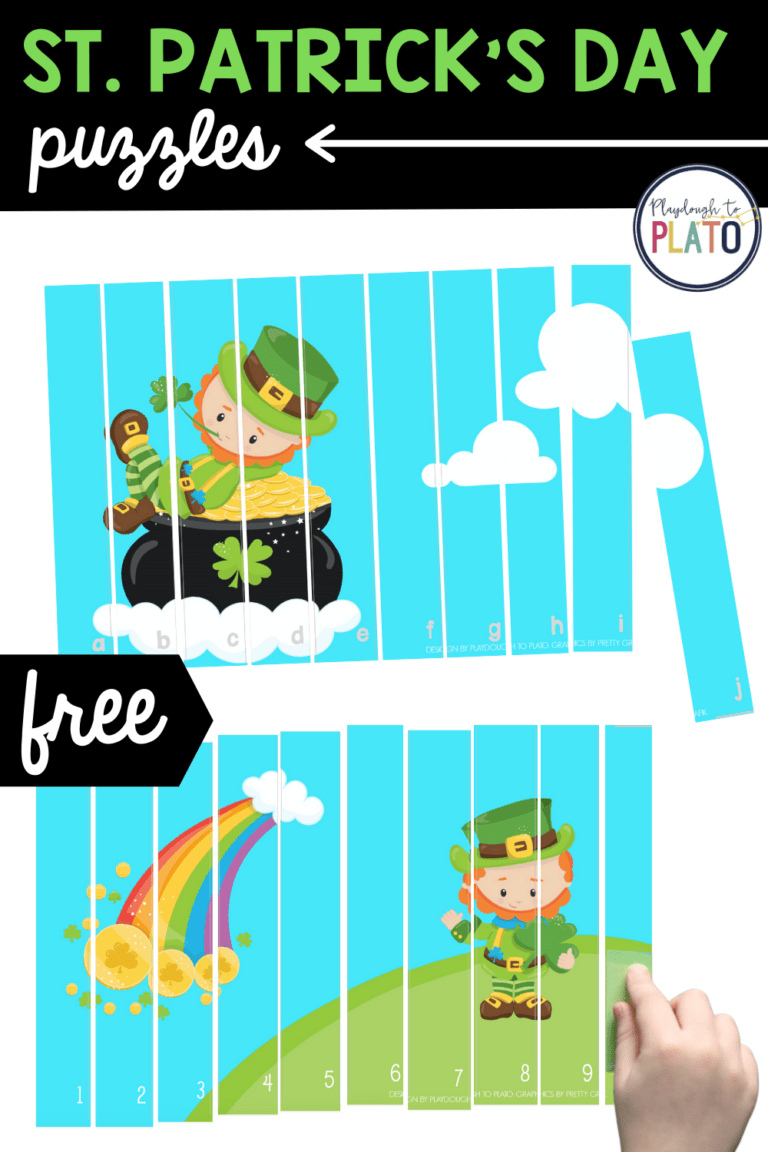
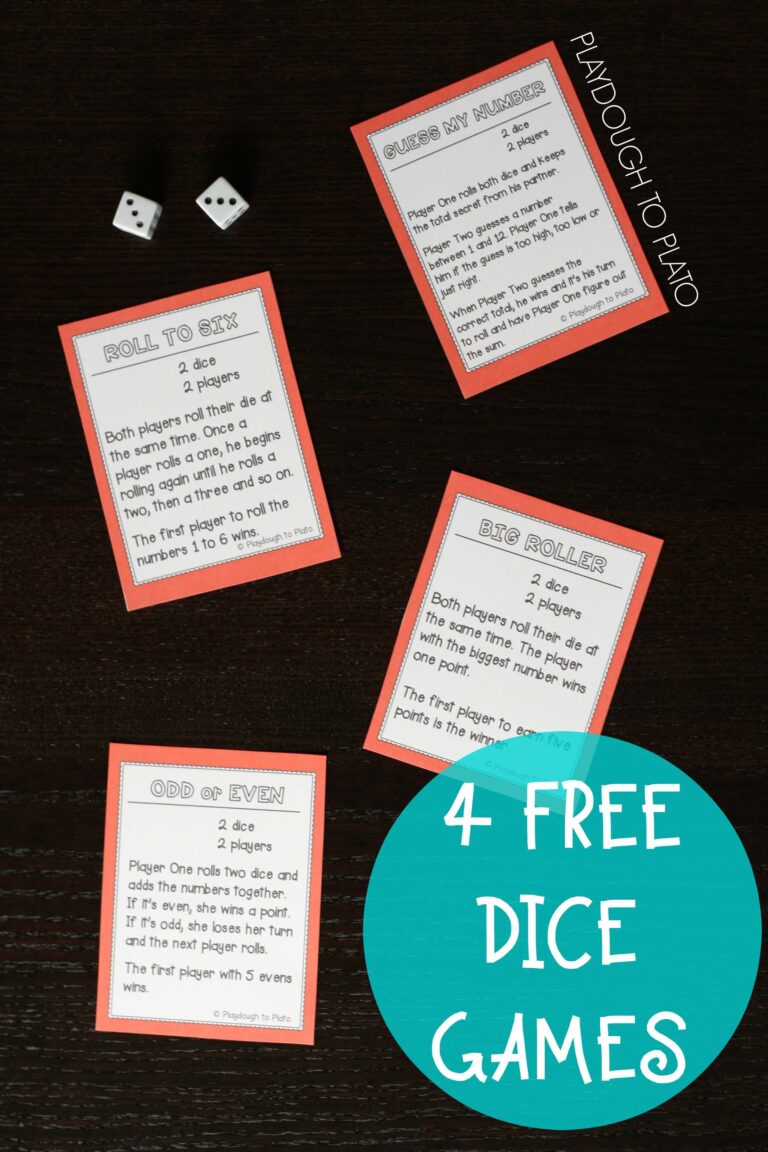
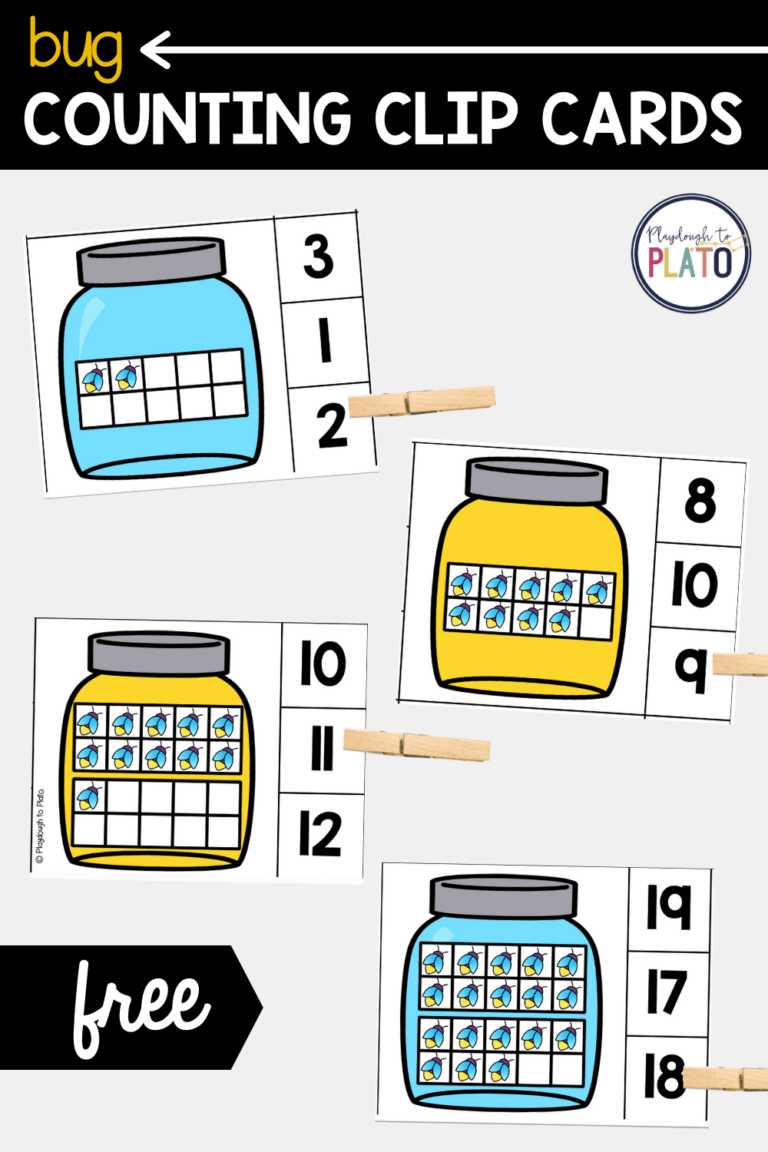
Thank you for the -ed tip! Concise and easy to share!
Thank you!
Sandy
Great tip on -ed! Thank you so much for sharing 🙂
Thank you for sharing this graphic. It will be so helpful.
Your link for reading roadmap does not work
Thank you so much for letting us know, Aabha! It’s all fixed!
Warmly,
Sarah // Playdough to Plato Team